Apple A19
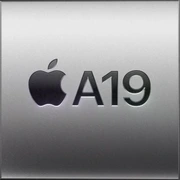
Apple A19 — faster, longer, more stable.
The iPhone 17 lineup brings not only a new design and cameras, but also a fresh “brain” — the Apple A19 chip. This is one of those cases where the base processor steals the show: it speeds up the UI and games, powers the cameras and Apple Intelligence, saves battery, and barely asks for attention — it just runs fast and steady. Below is what Apple officially said about A19 and why it matters in real life.
What A19 essentially is
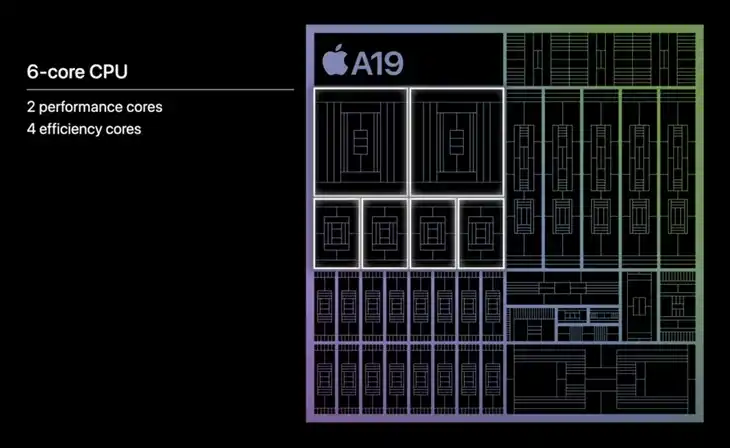
A six-core CPU (2 performance + 4 efficiency), a 5-core GPU with Neural Accelerators, and a 16-core Neural Engine — that’s A19 in a nutshell. All blocks support hardware ray tracing, which means graphics in supported games and visual effects get closer to “desktop-like” quality with stable FPS.
A19 is built on the third generation of the 3-nm process, bringing better power efficiency and thermals. Inside, key updates include a new Display Engine, a refreshed ISP, and tighter integration with the Neural Engine — the very pieces that shoulder Apple Intelligence and this generation’s camera features on iPhone 17.
Faster not only at the peak, but over the distance
-
CPU. The six cores are balanced to accelerate both single-threaded tasks (photo export, archives, encoding) and multithreaded work — from background video renders to batch image processing. The “base” phone feels noticeably snappier than last cycle.
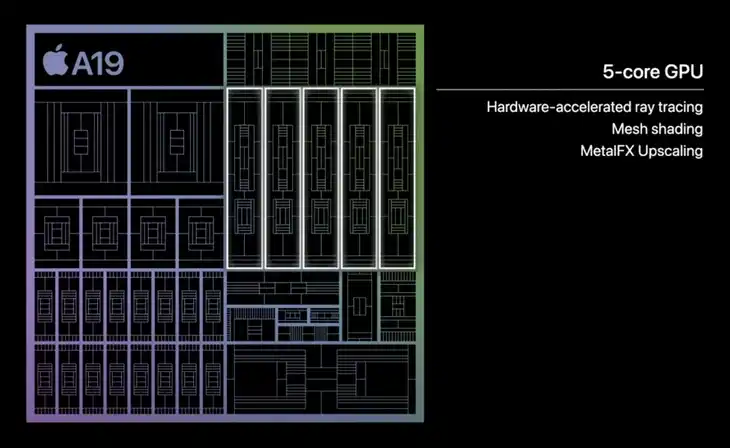
-
GPU with a Neural Accelerator in every core. This architecture speeds up hybrid scenarios — super-resolution, denoising, intelligent filters and, of course, ray tracing. In games it delivers not only prettier light and shadows, but also a steadier frame at the same settings.
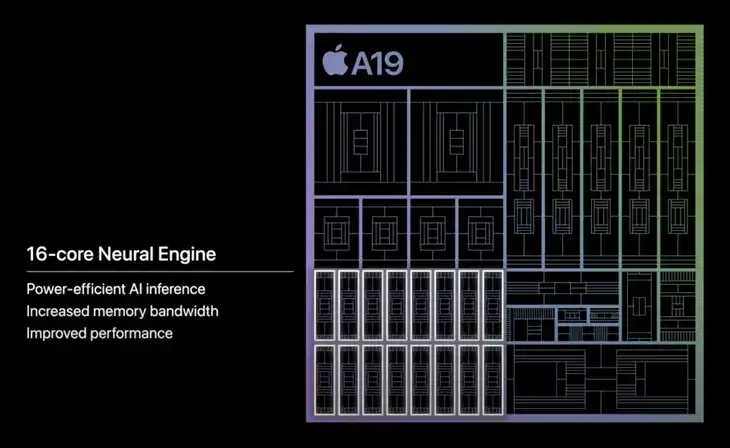
-
Neural Engine (16 cores). Works in concert with the CPU and those GPU accelerators — boosting on-device Apple Intelligence models while reducing power draw in repetitive AI tasks.
Why iPhone 17 with A19 feels faster
1) Display and graphics under a new engine
6.3″ Super Retina XDR with ProMotion up to 120 Hz makes scrolling and animations visibly smoother. The new Display Engine in A19 also helps with power efficiency and brightness/anti-glare control — the interface practically “glides” under your finger.
2) Cameras lean on A19
The updated ISP and Neural Engine drive this generation’s features — from smarter portraits to Dual Capture and the refreshed Center Stage front camera that automatically frames the group. You press the shutter; the silicon does the rest.
3) Networks and battery life — not just words
Beyond 5G, iPhone 17 gets Apple’s new N1 wireless chip: Wi-Fi 7, Bluetooth 6, and Thread. In practice that means headroom for bandwidth, steadier connections, and faster handshakes with smart-home accessories. Large files move over Wi-Fi with far more confidence.
A19 for gaming and creativity
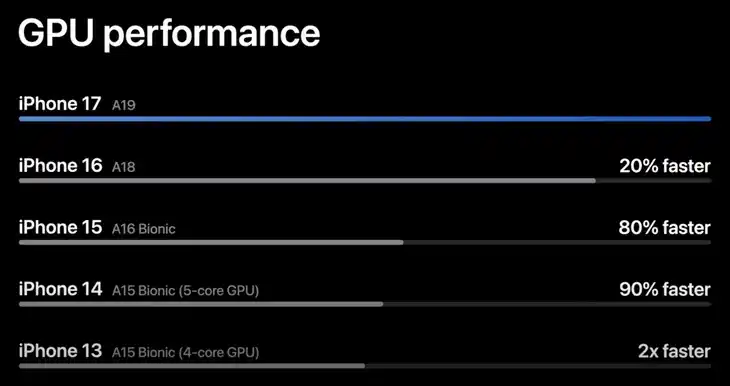
-
Games. Hardware ray tracing plus a Neural Accelerator in every GPU core lets games compute lighting and reflections more accurately — with fewer frame-time dips. It’s not a “checkbox in settings,” it’s tangible visual and gameplay comfort.
-
Photo/video. On the video side, A19 accelerates 4K60 HDR stabilization, noise reduction, and the “magic” of local AI filters. In editing, you get predictable export times — fewer slow-down surprises on long timelines.
-
Apple Intelligence on device. Image generation, rewriting text, Live Translation — all this leans on the 16-core NE and the updated CPU/GPU tandem. No “cloud lag”: processing happens right on your phone.
Battery life — short and to the point
The third-gen 3-nm process plus a leaner Display Engine mean A19 squeezes more from the same battery at the same brightness/refresh. All-day, unplugged is the default for iPhone 17. Add fast charging to about 50% in ~20 minutes. In reality that’s less micromanaging of power and more peace of mind.
Mini-comparison: A19 vs A19 Pro
To avoid mixing up the base and “pro” silicon:
-
Graphics: A19 — 5 GPU cores; A19 Pro — 6 GPU cores (on Pro models; in iPhone Air with A19 Pro, 5 cores are active). Both support hardware ray tracing and Neural Accelerators in every core.
-
Neural Engine: 16 cores on both — differences under long load usually come down to a device’s thermal budget rather than NE’s nominal spec.
-
Thermals and “long speed”: the Pro devices’ advantage in marathon sessions is less about the chip itself and more about the vapor chamber and thermal design of iPhone 17 Pro / Pro Max.
If you want an ultra-thin body with “almost-Pro” performance, that’s Air on A19 Pro; if you want sustained performance for marathon workloads, go 17 Pro/Pro Max. But A19 in iPhone 17 covers the lion’s share of scenarios — gaming, content, AI — with no compromises.
Who A19 is for
-
Pragmatic gamers. Want ray-traced effects on mobile without turning your hands into a sauna? Done. The base A19 handles ray-traced scenes convincingly, and 120 Hz ProMotion smooths out peaks and dips.
-
Content creators. Shooting, quick fixes, exporting — A19 accelerates everything between the record button and publishing.
-
Anyone who wants a “smart” iPhone without spec-sheet obsession. Apple Intelligence on device, fast radios (N1 / Wi-Fi 7 / BT 6), all-day battery — this is about comfort, not benchmark tables.
Bottom line
Apple A19 is the quiet strength of the iPhone 17 lineup. It doesn’t chase headlines with a single “biggest ever” record; it makes everything a bit faster, smoother, and longer-lasting — across the board: CPU/UI response, hybrid graphics with ray tracing, on-device AI, cameras, networks. If you want a “golden standard” of performance without fuss, A19 is exactly that foundation: smart, frugal, and ready for the long haul.
Basic
GPU Specifications
Connectivity
Miscellaneous
Benchmarks
Phones with A19

Comparison of Devices with A19
Compared to Other SoC
Share in social media
Or Link To Us
<a href="https://cputronic.com/soc/apple-a19" target="_blank">Apple A19</a>